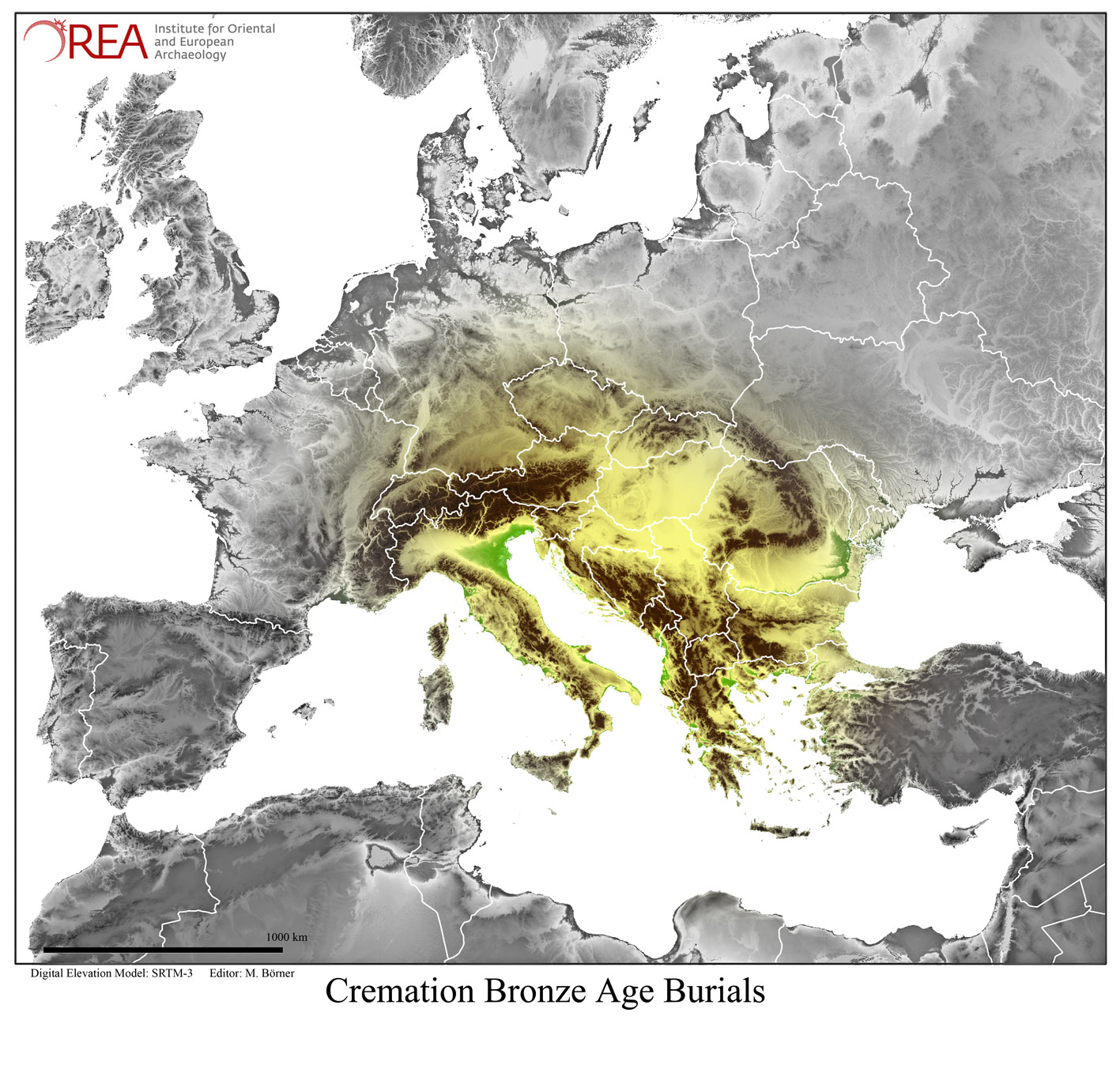South and East of Genova is La Spezia at 0% and then Toscana, which is again much lower. It makes little sense to me that Genova alone would have 16% but of course you're entitled to believe whatever you wish.
As for the map being incorrect, this is data from four papers, and each area has from 60-80 samples.
Could you please provide your academic sources (a cite to the paper for each province in Italy and the number of samples for each province)? All I saw you list on the other thread is Boattini et al, which has a very small number of samples.
As for the map being of E-M78 instead of E-V13, we can see from the Boattini paper that most of the E-M78 in Italy is E-V13, so I think we still get a general idea, although of course more specificity would be better.
E-V13 in Southern Italy outside of Apulia is only slightly greater than average. And we don't know how much Ancient Greek colonists of Italy carried this Y-Dna, or if they even had it all to begin with.
Italy is also very understudied when it comes to Y-Dna, expect for Sicily.
For example I think most R1b-z2103 in Italy is of Italic origin (it is mostly a Western variant) even though some clades could be of Old Greek origin.









